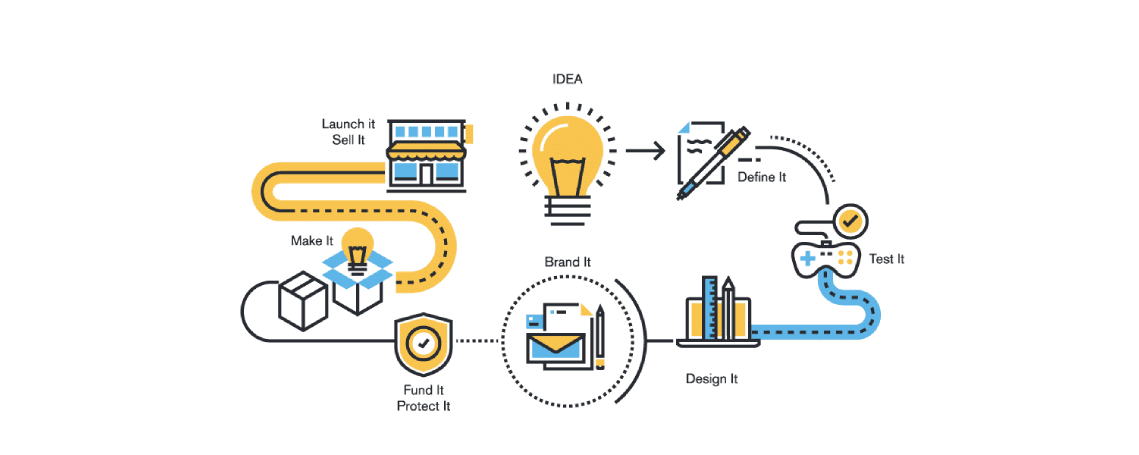
In the dynamic landscape of product development, user feedback is a cornerstone for creating successful and user-centric products. The ability to interpret and act upon user feedback effectively can significantly impact a product’s success and longevity in the market.
Here, we’ll explore the importance of understanding user feedback and provide actionable strategies for iterating and improving product features.
User feedback is a direct line of communication between product, developers and end-users, offering valuable insights into their needs, preferences, and pain points. By leveraging this feedback loop, product managers can identify areas for improvement, refine existing features, and guide the development of new functionalities.
Establishing accessible and user-friendly feedback channels is crucial to gathering meaningful insights. Implementing in-app surveys, feedback forms, and open communication channels encourages users to share their thoughts seamlessly.
Utilizing social media platforms, community forums, and email surveys can also provide diverse perspectives on how users interact with your product.
Not all user feedback is equal, and prioritization is critical to effective iteration. Start by categorizing input based on its frequency, severity, and impact on the user experience. This helps identify common pain points and address critical issues, ensuring that the most impactful changes are implemented early in the development cycle.
Iterative development allows for continuous improvement based on user feedback. By breaking down the development cycle into smaller, manageable increments, you can allow for regular updates and enhancements. This agile approach facilitates quicker response times to user feedback, ensuring the product evolves with user expectations.
Effective iteration requires collaboration between product managers, developers, designers, and other relevant teams. To foster a holistic understanding of user feedback, encourage open communication and knowledge-sharing. Cross-functional collaboration ensures that improvements align with user needs and technical feasibility.
A/B testing is a powerful tool to validate the impact of proposed changes. Product teams can make data-driven decisions by comparing different versions of a feature with real users. This method allows a deeper understanding of user preferences and behavior, guiding future iterations based on concrete evidence.
Transparent communication is crucial when implementing changes based on user feedback. Keep users informed about updates, improvements, and the reasoning behind specific changes. This demonstrates responsiveness and builds trust and loyalty among your user base.
Understanding user feedback is an ongoing process that fuels continuous improvement in product features. Product teams can create products that resonate with users by establishing effective feedback channels, analyzing insights, implementing an iterative development cycle, and fostering cross-functional collaboration.
Embrace user feedback not as a one-time interaction but as a continuous conversation that propels your product toward sustained success in the ever-evolving market.
USA408 365 4638
1301 Shoreway Road, Suite 160,
Belmont, CA 94002
Whether you are a large enterprise looking to augment your teams with experts resources or an SME looking to scale your business or a startup looking to build something.
We are your digital growth partner.
Tel:
+1 (408) 412-3813
Support:
+1 (408) 512 1812

COMMENTS ()
Tweet